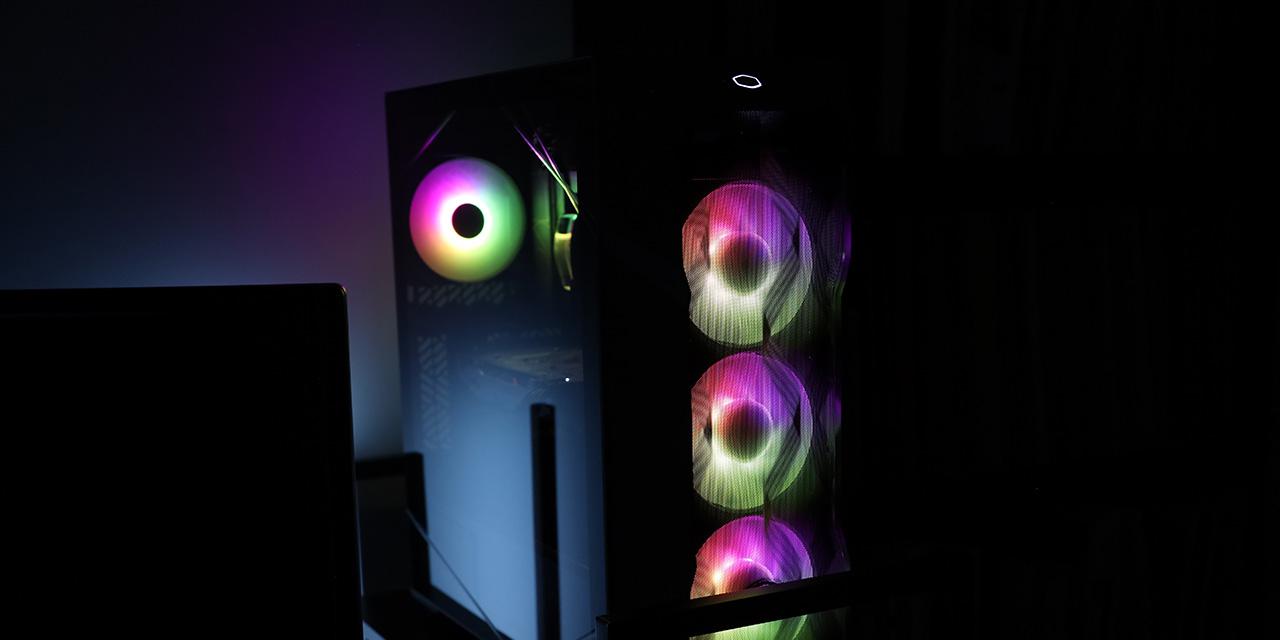|
From X-bit Labs: Dynamic random access memory (DRAM) market monitoring company DRAMeXchange claims that as notebook shipments show signs of weakening and Windows 8 looks unlikely to stimulate PC shipments, second-half September contract price continues on a downtrend. Average transaction price per 4GB DDR module fell from $17.25 to 16.25, with a low of $16, close to the lowest price reached during the second half of 2011. Average 2GB module price, on the other hand, has dropped to $9.25, a 5.13% decrease compared to the first half of the month. As 4GB modules have replaced 2GB modules as the market mainstream, 4GB price drops have become more apparent. At press time, one untested [eTT] 2Gb DDR3 chip price cost $0.683 on average in Taiwan's spot market, 2Gb DDR3 1333MHz/1600MHz chip's price was approximately $0.844, whereas 4Gb DDR3 1600MHz memory IC was priced at $2.545 on average on the spot market. From the market perspective, DRAM average selling price has been plummeting at an increasing rate since July, reflecting not only weaker-than-expected seasonal demand, but also the fact that supply-side adjustments were not as effective as hoped. Using 4GB module price as the basis of calculation, 2Gb chip price has plunged to a low of $0.84, arriving at spot price levels. Looking at the spot market, as purchasing is weak, module makers are less eager to restock inventory. Both contract and spot prices reflect price negotiation difficulties, and transaction volume has been much lower than last quarter, clear indication that both module makers and PC OEMs have high stock levels; thus, buying momentum is not likely to pick up in the short term. In the absence of large-scale production cuts, TrendForce expects contract price will remain on a downtrend. As the PC market has matured in recent years, in addition to the fact that the global economy is expected to worsen in the second half of this year, TrendForce forecasts PC shipments will see -3.9% growth for 2012. Furthermore, as consumers’ limited budgets and changing preferences steer them towards other mobile devices, smartphones and tablets are experiencing high growth while the PC market suffers. It is clear that PC demand is not as it was; the category is no longer the market mainstream, as shown by the fact that the 2012 PC DRAM shipment ratio has fallen below 50% for the first time. View: Article @ Source Site |
 |
DRAM Makers Continue to Suffer as DRAM Price Falls
© Since 2005 APH Networks Inc. All trademarks mentioned are the property of their respective owners.





